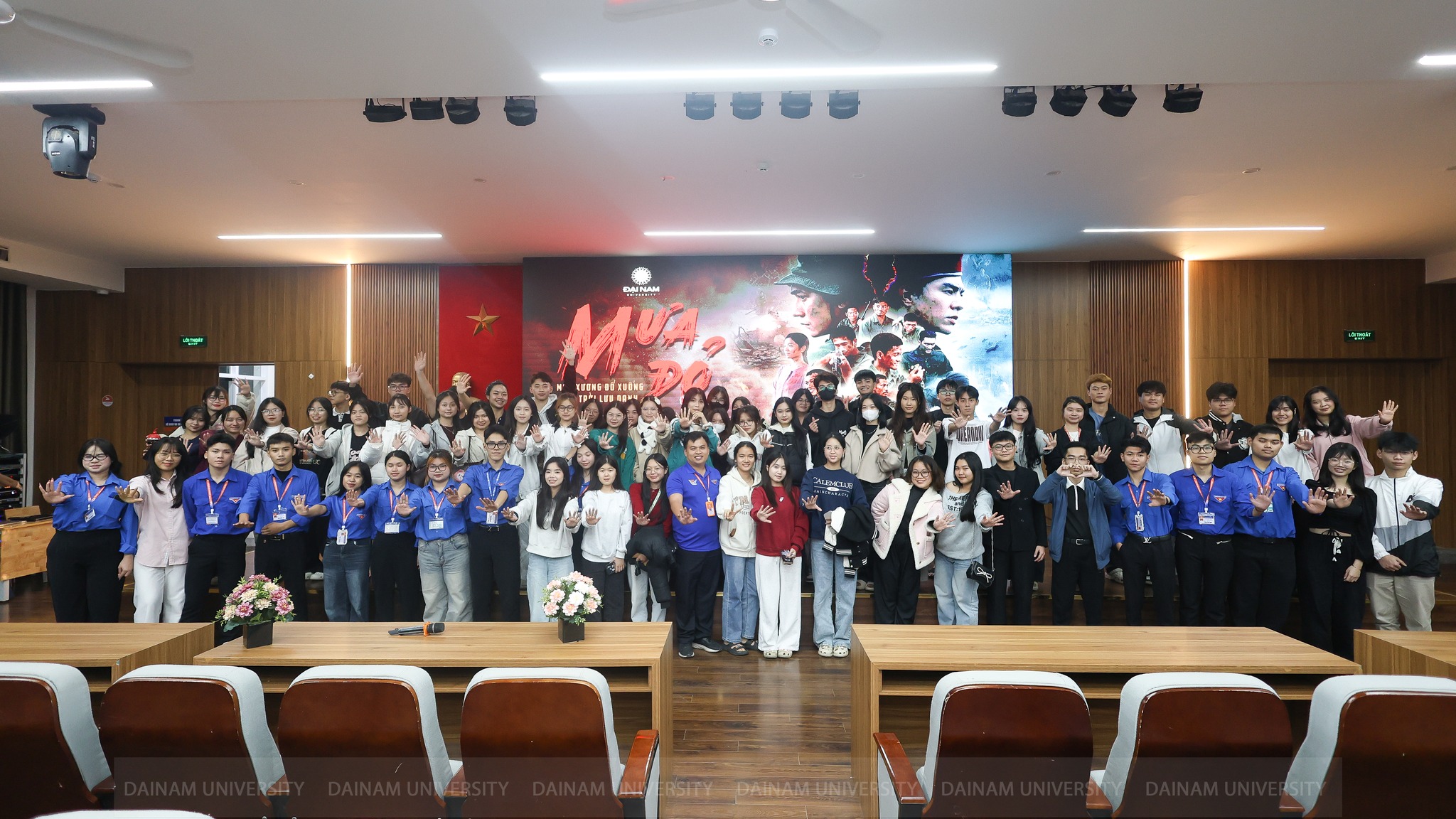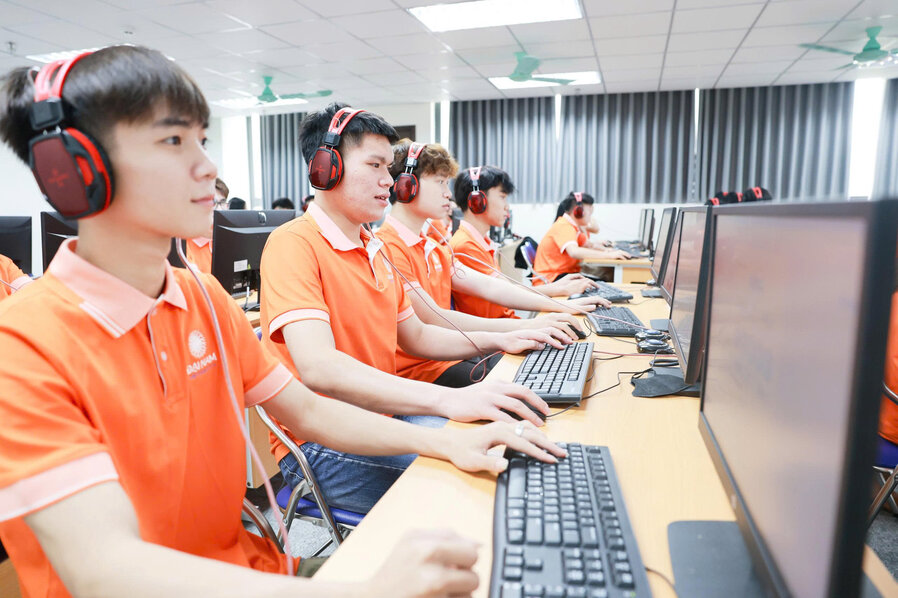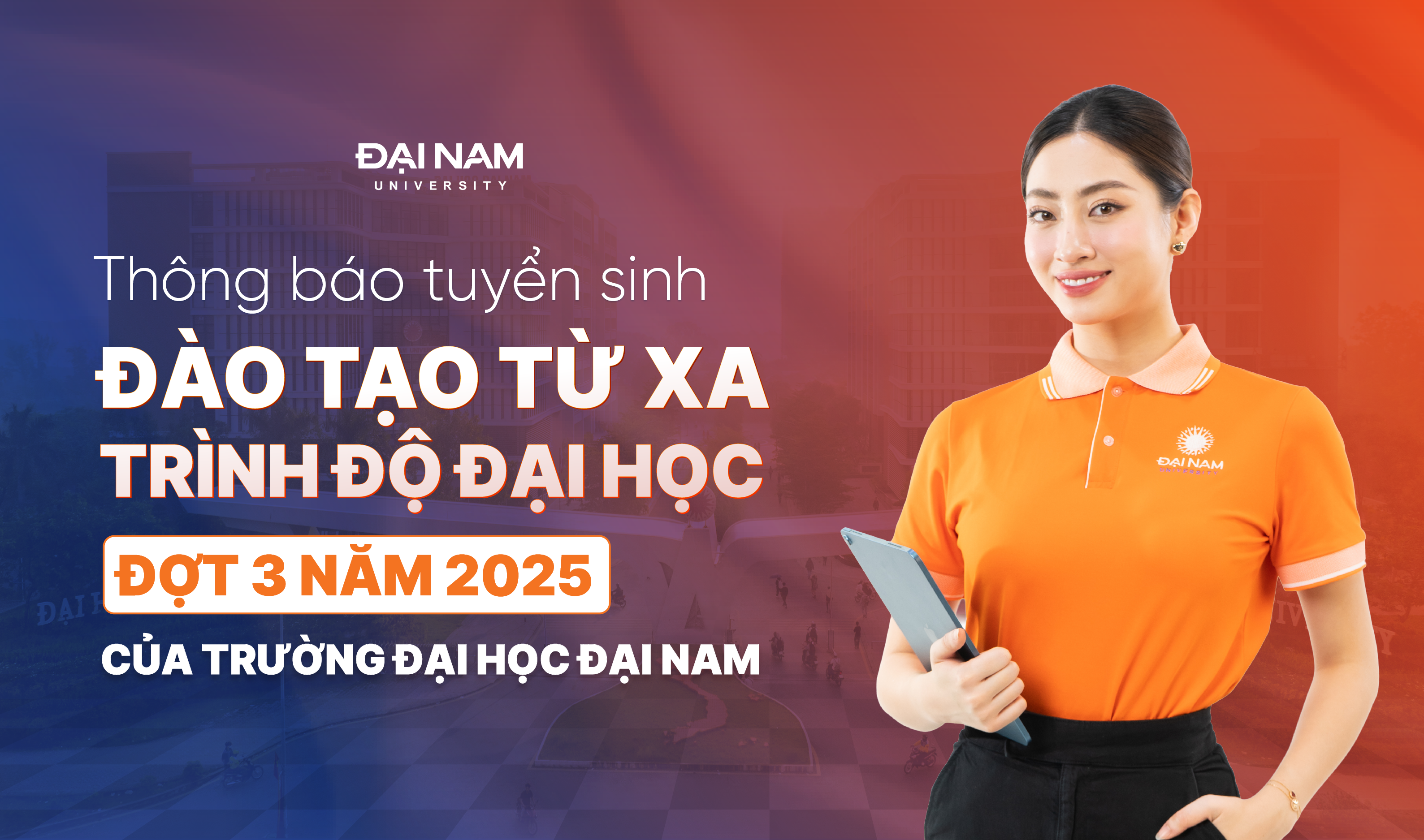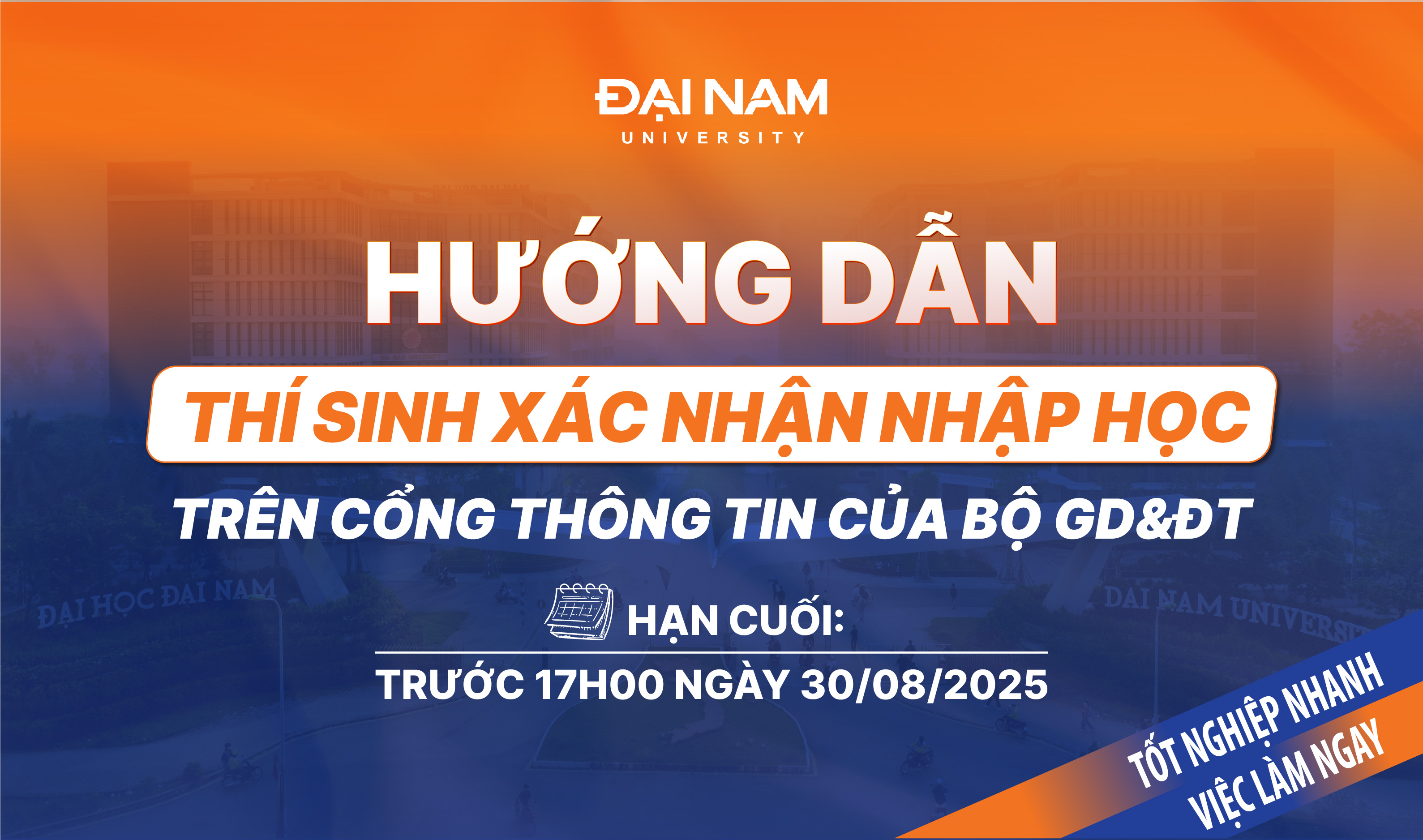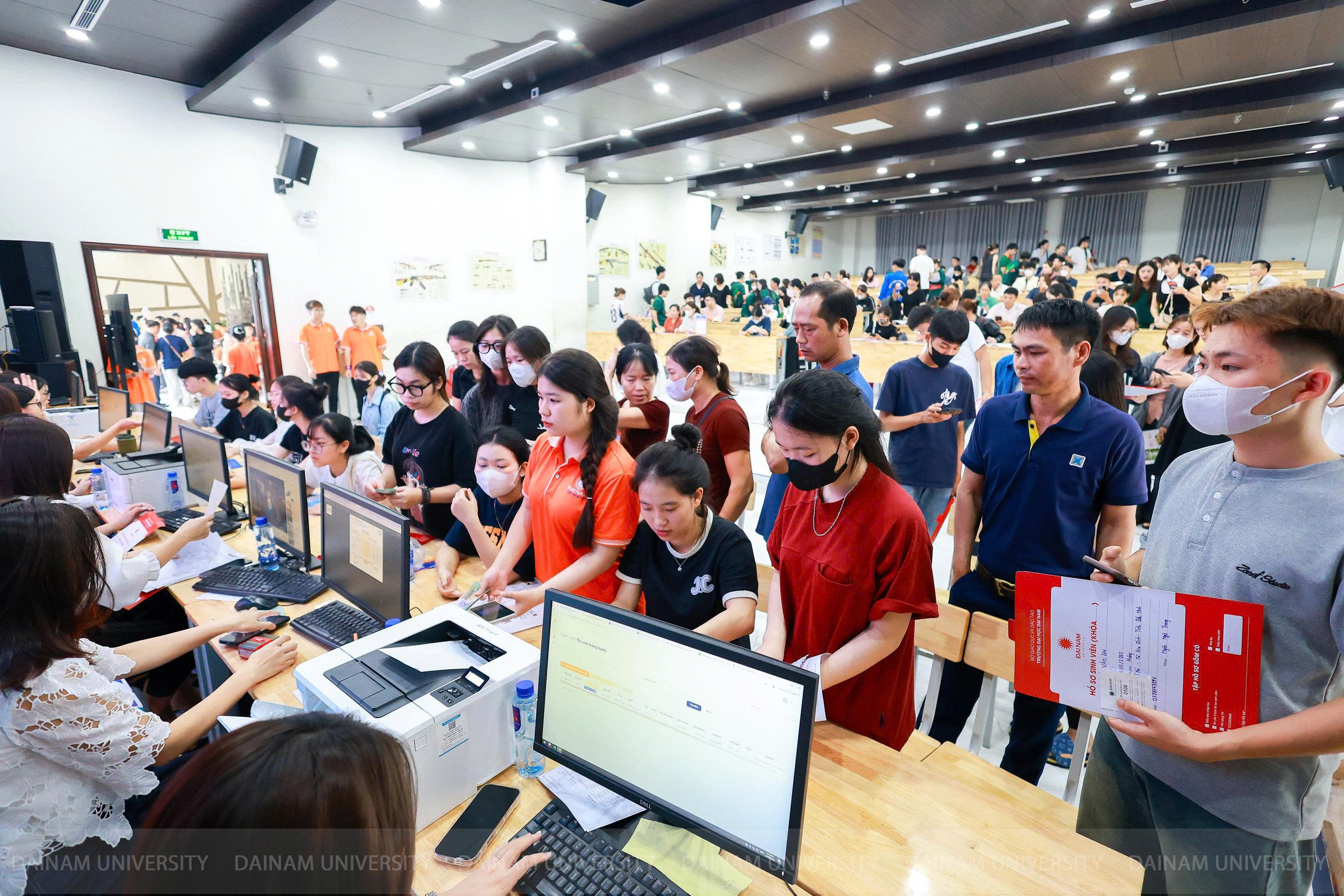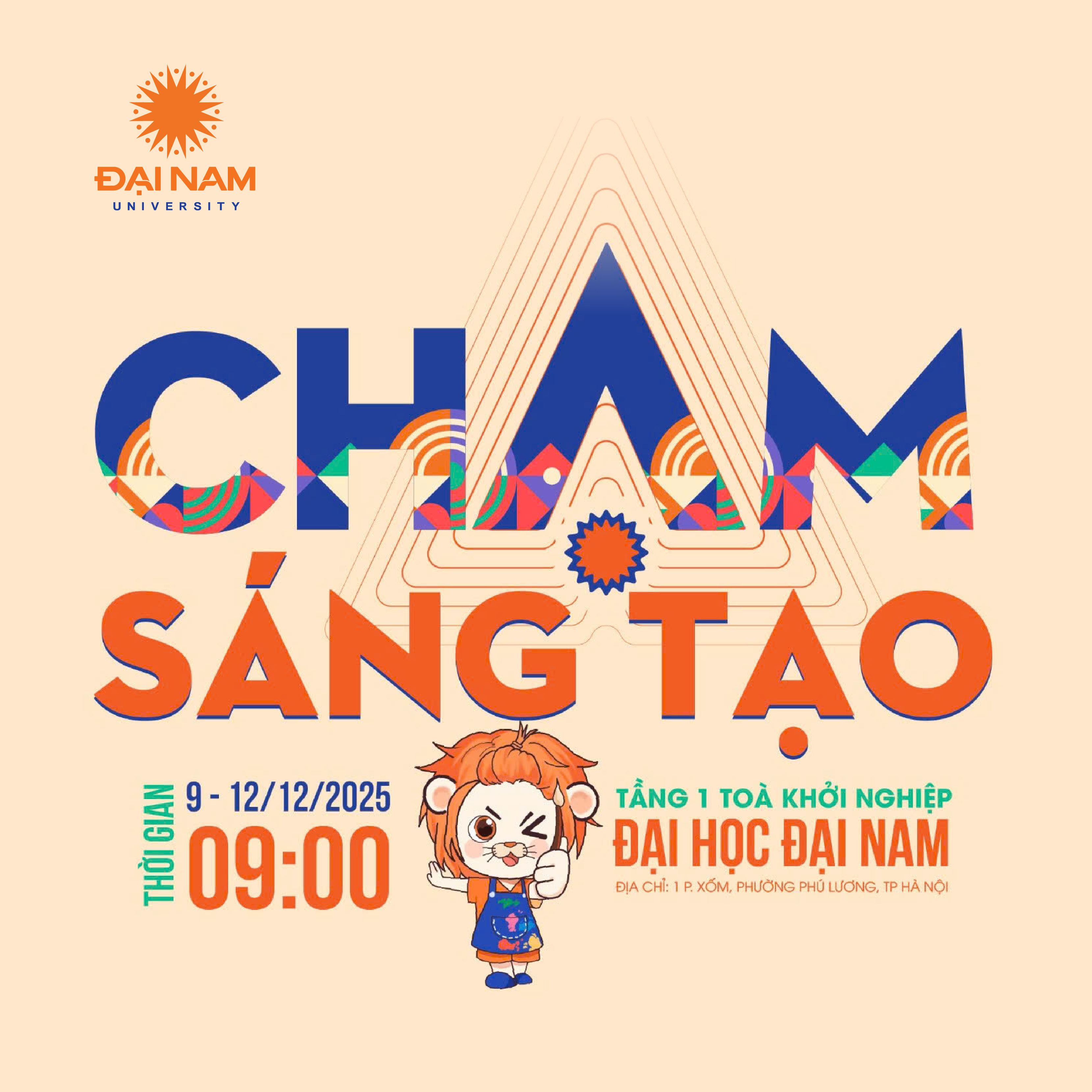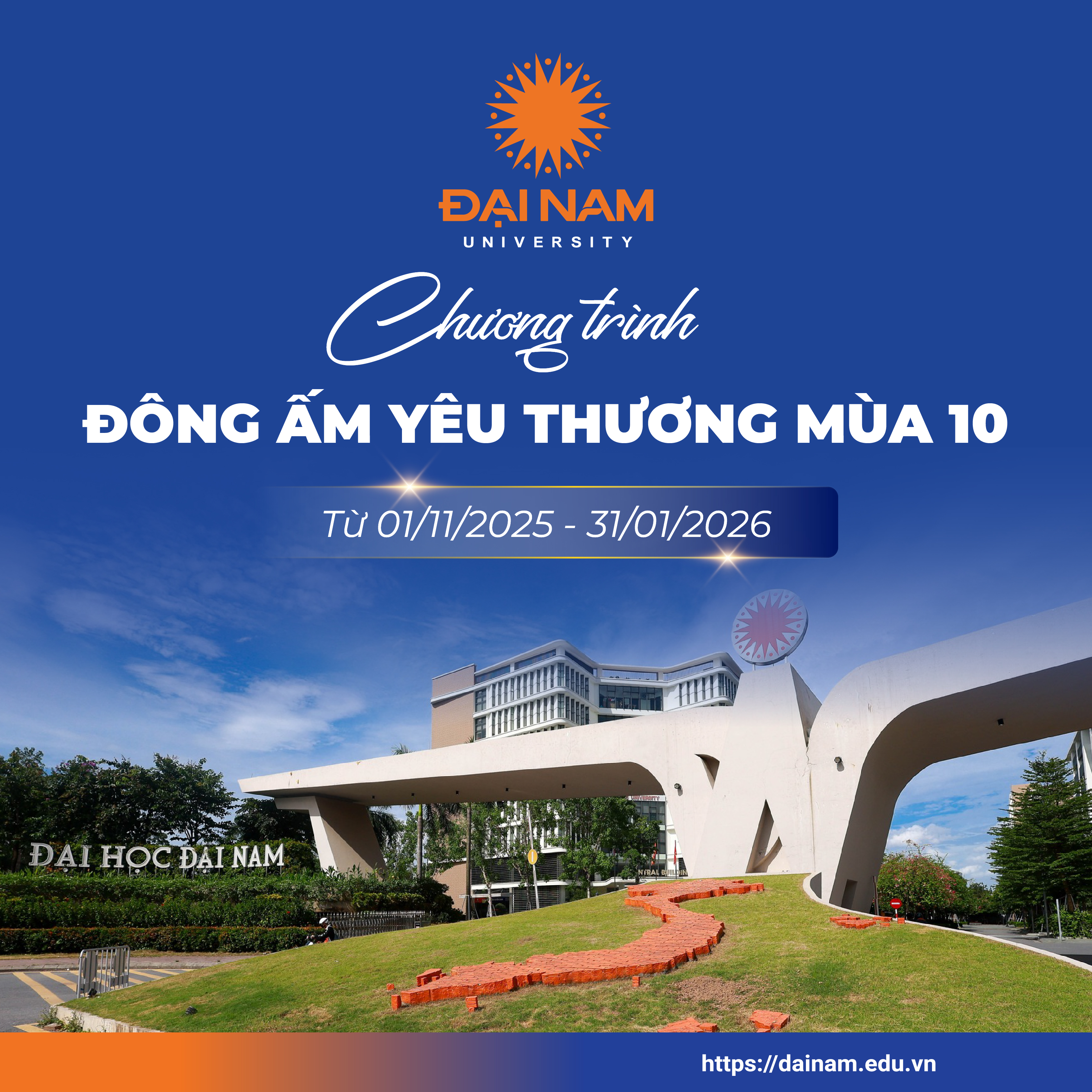No need to wait 36 months after graduation, candidates who have just graduated from secondary school, vocational college, or college can immediately take the exam to transfer to college or university. The draft is attracting a lot of attention.
No need to wait 36 months after graduation, candidates who have just graduated from secondary school, vocational college, or college can immediately take the exam to transfer to college or university. The draft is attracting a lot of attention.

This entire regulation is still in the drafting process. The Ministry of Education and Training hopes to receive many comments from schools, candidates and the whole society so that the revised and supplemented circular, when officially issued, will be suitable for reality and quickly put into practice. ( Assoc. Prof. Dr. Bui Anh Tuan)
The Ministry of Education and Training announced a draft circular amending and supplementing a number of articles of Circular 55 regulating inter-university training, which is expected to allow candidates who have just graduated from intermediate schools, vocational colleges, and junior colleges to take the inter-university exam immediately to enter colleges and universities instead of having to wait 36 months after graduation as before.
Speaking with reporters, Associate Professor Dr. BUI ANH TUAN - Director of the Department of Higher Education, Ministry of Education and Training - said:
- Circular No. 55/2012/TTLT-BGDĐT regulating the joint training at college and university levels has been implemented for two years and has been highly appreciated by society in rectifying the form of joint training and bringing fairness to learners.
However, in 2015, there were many changes in the education sector such as the promulgation of the Law on Vocational Education, the 2015 University and College Admissions Regulations, the National High School Exam Regulations and some shortcomings in the implementation of Circular 55. The Ministry of Education and Training has revised and supplemented a number of articles of Circular 55, ensuring consistency with related legal documents.
“Circular 55 has completed its mission”
* Why did the Ministry of Education and Training issue a regulation that seems to "untie" the admission of inter-university students just over two years after "issuing an order" to tighten the admission requirements for candidates who have graduated less than 36 months and want to transfer to regular inter-university programs, they must accept admission like high school students taking regular university and college entrance exams?
- In the draft circular amending Circular 55, the Ministry of Education and Training has given autonomy to schools to decide on joint training enrollment.
Universities and colleges can proactively choose the method of admission: organize entrance exams or consider admission based on the results of the national high school exam or combine both methods.
However, this cannot simply be thought of as a way to untie or loosen this training system. The draft requires that if the school chooses the form of entrance exam, it can create its own exam questions and organize the entrance exam using the following subjects: basic subjects, basic subjects of the industry, and specialized subjects or vocational practice.
The school is responsible for public announcement in the admission notice . With this method, the school must also develop and promulgate regulations on admission to the joint training program. The school's regulations must not be contrary to the regulations on the national high school exam and the regulations on admission to the regular university and college system for the regular joint training program and the regulations on admission to the part-time program for the part-time joint training program.
If the admission method is chosen based on the results of the national high school exam of candidates taking the exam at the exam clusters chaired by the university, the school must announce the combination of subjects for admission to the corresponding majors.
The school will also not be allowed to consider candidates with results lower than the threshold to ensure the quality of admission to full-time university and college programs.
* Is the sudden change in the admission conditions for full-time students who have graduated less than 36 months an admission of failure of the previous Circular 55 when schools complained too much about the decrease in enrollment sources because of this Circular?
- Circular 55, implemented over the past two years, has had a clear effect in improving the training quality of this training organization measure and helping to overcome the situation of "rationalizing" university degrees "in a roundabout way" and not ensuring training quality.
However, implementing the roadmap for university training innovation, first of all, is the innovation of enrollment work, and the joint enrollment must also change in accordance with the current directives of the Ministry. The removal of the 36-month regulation is also to create favorable conditions for candidates, but the draft also stipulates that training institutions must have measures to organize training more strictly than before.
Thus, it can be said that Circular 55 has completed its mission, so that training institutions and learners no longer consider articulation as a "detour" for those who do not meet the requirements to enter university.
When training institutions, especially "top" schools, have a better awareness of their autonomy in ensuring their reputation and brand, they have the right to decide at a higher level on the subjects of joint training , and must use other management measures to ensure output standards equivalent to those of formal training.
Recruitment quota is not more than 20%/industry
* Applying a more "open door" regulation to joint training , will it make joint training easy and of poor quality again...?
- As mentioned above, along with removing the regulation for graduates under 36 months, the Ministry of Education and Training has set out strict training organization measures in quality control, contributing to gradually improving the quality of training in the joint training process, in accordance with the current practical situation.
The regulations in the draft are not “open-ended” because the training quotas for the various majors are limited. Candidates for the transfer program will compete based on their abilities to be admitted. This will help improve the quality of the recruitment source.
Allowing immediate exams and based on exam results of specialized subjects encourages students to actively study at intermediate and college levels, contributing to improving the quality of these levels of education.
Previously, the determination of the transfer quota was determined based on the total general quota of the school with the regulation that the regular transfer quota did not exceed 20% of the school's regular training quota.
But in the near future, the determination of the transfer quota will be established based on each industry. In the total quota of each industry, the regular transfer quota will not exceed 20%. This control regulation will contribute significantly to ensuring input quality.
On the other hand, the Ministry of Education and Training also requires training institutions that want to provide bridging training to have a regular graduation course, schools that want to provide bridging training must organize credit-based training, not organize separate bridging training classes, but bridging students must (must) study together with other regular students...
These will also contribute to making the training work, especially the regular training, gradually improve the training quality, suitable to the current practical situation, towards having only one output standard regardless of the training organization form.
- Circular No. 55/2012/TTLT-BGDĐT regulating the joint training at college and university levels has been implemented for two years and has been highly appreciated by society in rectifying the form of joint training and bringing fairness to learners.
However, in 2015, there were many changes in the education sector such as the promulgation of the Law on Vocational Education, the 2015 University and College Admissions Regulations, the National High School Exam Regulations and some shortcomings in the implementation of Circular 55. The Ministry of Education and Training has revised and supplemented a number of articles of Circular 55, ensuring consistency with related legal documents.
“Circular 55 has completed its mission”
* Why did the Ministry of Education and Training issue a regulation that seems to "untie" the admission of inter-university students just over two years after "issuing an order" to tighten the admission requirements for candidates who have graduated less than 36 months and want to transfer to regular inter-university programs, they must accept admission like high school students taking regular university and college entrance exams?
- In the draft circular amending Circular 55, the Ministry of Education and Training has given autonomy to schools to decide on joint training enrollment.
Universities and colleges can proactively choose the method of admission: organize entrance exams or consider admission based on the results of the national high school exam or combine both methods.
However, this cannot simply be thought of as a way to untie or loosen this training system. The draft requires that if the school chooses the form of entrance exam, it can create its own exam questions and organize the entrance exam using the following subjects: basic subjects, basic subjects of the industry, and specialized subjects or vocational practice.
The school is responsible for public announcement in the admission notice . With this method, the school must also develop and promulgate regulations on admission to the joint training program. The school's regulations must not be contrary to the regulations on the national high school exam and the regulations on admission to the regular university and college system for the regular joint training program and the regulations on admission to the part-time program for the part-time joint training program.
If the admission method is chosen based on the results of the national high school exam of candidates taking the exam at the exam clusters chaired by the university, the school must announce the combination of subjects for admission to the corresponding majors.
The school will also not be allowed to consider candidates with results lower than the threshold to ensure the quality of admission to full-time university and college programs.
* Is the sudden change in the admission conditions for full-time students who have graduated less than 36 months an admission of failure of the previous Circular 55 when schools complained too much about the decrease in enrollment sources because of this Circular?
- Circular 55, implemented over the past two years, has had a clear effect in improving the training quality of this training organization measure and helping to overcome the situation of "rationalizing" university degrees "in a roundabout way" and not ensuring training quality.
However, implementing the roadmap for university training innovation, first of all, is the innovation of enrollment work, and the joint enrollment must also change in accordance with the current directives of the Ministry. The removal of the 36-month regulation is also to create favorable conditions for candidates, but the draft also stipulates that training institutions must have measures to organize training more strictly than before.
Thus, it can be said that Circular 55 has completed its mission, so that training institutions and learners no longer consider articulation as a "detour" for those who do not meet the requirements to enter university.
When training institutions, especially "top" schools, have a better awareness of their autonomy in ensuring their reputation and brand, they have the right to decide at a higher level on the subjects of joint training , and must use other management measures to ensure output standards equivalent to those of formal training.
Recruitment quota is not more than 20%/industry
* Applying a more "open door" regulation to joint training , will it make joint training easy and of poor quality again...?
- As mentioned above, along with removing the regulation for graduates under 36 months, the Ministry of Education and Training has set out strict training organization measures in quality control, contributing to gradually improving the quality of training in the joint training process, in accordance with the current practical situation.
The regulations in the draft are not “open-ended” because the training quotas for the various majors are limited. Candidates for the transfer program will compete based on their abilities to be admitted. This will help improve the quality of the recruitment source.
Allowing immediate exams and based on exam results of specialized subjects encourages students to actively study at intermediate and college levels, contributing to improving the quality of these levels of education.
Previously, the determination of the transfer quota was determined based on the total general quota of the school with the regulation that the regular transfer quota did not exceed 20% of the school's regular training quota.
But in the near future, the determination of the transfer quota will be established based on each industry. In the total quota of each industry, the regular transfer quota will not exceed 20%. This control regulation will contribute significantly to ensuring input quality.
On the other hand, the Ministry of Education and Training also requires training institutions that want to provide bridging training to have a regular graduation course, schools that want to provide bridging training must organize credit-based training, not organize separate bridging training classes, but bridging students must (must) study together with other regular students...
These will also contribute to making the training work, especially the regular training, gradually improve the training quality, suitable to the current practical situation, towards having only one output standard regardless of the training organization form.
| Concerns about joint training in medicine and pharmacy * How will the situation of concentrating general transfer quotas on a few "hot" majors - especially medicine and pharmacy - be resolved in the future when the medical and pharmacy teaching staff at some schools is not really guaranteed in terms of both quantity and quality, sir? - In fact, when implementing Circular 55, many schools have used most of the general transfer quota for one or two majors that are in high demand from learners, even though the conditions of facilities, staff, and lecturers - especially the lecturers for this major - are not sufficient according to regulations. Accumulating quotas in that way leads to an unsatisfactory training quality. Therefore, the regulation of a 20% regular training rate for each industry is very necessary to ensure the quality of this training organization method. In addition, while the general transfer quota of the majors is limited to a maximum of 20% of the regular university and college quota, the regular transfer quota of the health sciences major does not exceed 15% of the regular quota of the major. This separate “measure” must be set because health science sectors need stricter regulations than other sectors. Recently, the functional units of the two ministries of Education and Training and Health have closely coordinated to review the criteria and conditions to ensure the quality of training in health science sectors, including the issue of transfer quotas to improve the training quality of these sectors. According to the draft, from 2015, the interdisciplinary training method of part-time study will not be applied to the fields of general medicine, dentistry, traditional medicine, preventive medicine, and pharmacy at college and university levels. In principle, the form of on-the-job training differs from the form of formal training only in the way of organizing learning, and the quality of training must be guaranteed to be equivalent to the form of formal training. |
According to Tuoi Tre
Latest article
View all Posts
Related articles
See all related Articles

